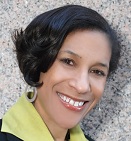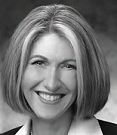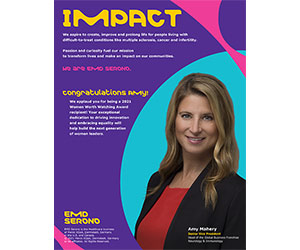by Pamela Arnold
President, American Institute for Managing Diversity, Inc.
Lisa Horuczi Markus
Director, Buck Consultants
The hottest ‘game’ in the diversity space is bridging the generational divide in the workforce. There are two sides to this epic struggle:
- Baby Boomers, as large a workforce as their Millennial counterparts and bolstered by experience, seniority and executive authority, who perceive the different working style, tech savvy-ness and work-life balance priority of their younger counterparts as evidence of lack of focus and commitment; and
- Millennials, who will outnumber the Baby Boomer workforce by 2015 and driven by significance in work and opportunity to learn, grow and use new technology, who perceive their more seasoned peers as rigid, slow to change and competitive.
Meanwhile most of the infrastructure to support connecting the two side—benefits, talent management and communication programs—has been designed by Baby Boomers for Baby Boomers. Winning the game means changing the game. A great opportunity exists to capture the imagination and speak to the values of the emerging workforces, while improving business results and aiding the knowledge transfer from Baby Boomers to Millennials, if we use technology to bridge the differences in world view and working styles of both sides.
Technology Tipping Point: Consumerism to Participation
As the global consumer base and talent pool continue to become more generationally and culturally diverse, and all are gravitating toward increasing the use of technology to connect, create and act, what tops the list of preferred mode of connection is gaming.
Globally, Gen Ys average more than 10,000 hours of video game play by the time they reach age 21. That’s the magic number of hours needed within a field of study to become a virtuoso at anything, according to author Malcolm Gladwell. However, Millennials are not the only ones who game:
- 40% of gamers are women.
- 35% of C-suite executives are gamers.
- 70% of gamers are heads of American households.
- They are age 34 on average.
And what makes games so engaging? The Institute for the Future’s Jane McGonigal attributes the mass appeal to four fun factors provided by the game experience:
- Epic meaning
- Urgent optimism
- Blissful productivity
- Tight social fabric.
All these things are possible if we ‘change the game’ by gaming the change. The very opposite of treating employees as “an audience of one,” a digital approach can lead to the creation of teams that collaborate on what matters most. When that happens, the employee becomes the creator and catalyst for greater personal and collective wellbeing.
Change the Game
Traditional communication approaches to engaging employees in improving their health and wealth have been only marginally successful with majority populations and largely unsuccessful with minority populations—even when they make the same amount of money. Research shows that, holding socio-economic factors constant:
- Ethnicity and then gender are the primary predictors of health and wealth behaviors
- Minority employees and women are more at risk of poverty in retirement than majority employees.
Traditional ‘enlightened self-interest’approaches rooted in behavioral economics has not significantly improved outcomes among minority employees, as follows:
- $229.6 billion is the estimated cost of ethnic disparities in U.S. health care
- African Americans and Hispanics: Underutilize doctor office visits (7% to 12% less than whites) Overutilize emergency rooms (38% to 70% more).
While the per employee per year cost of financial stress-related illness more than doubled during the Great Recession ($7,500 in 2007 to $15,000 in 2010), minority and female employees remain more susceptible due to differences in saving and investing behaviors:
- Lower participation rates in 401(k) plans (11% to 27%)
- Lower savings levels (14% to 60%)
- Smaller retirement balances (50%)
- Less investment in equities (5% to 50%)
- More loans (55%).
Fortunately, there is an opportunity to create greater inclusion in wellbeing across all employee populations through creating a transmedia approach to integrating health, wealth and career. Learning, social media, virtual worlds and game mechanics can provide what’s been missing in traditional approaches by accommodating different preferences in values, learning, communication and ongoing support.
Harnessing the power of diversity management and technology together will propel us to reach new heights of achievement and success on our diversity journey.
Join us in this ongoing dialogue in as we continue to look into the power of changing the diversity landscape through the power of technology.

Pamela W. Arnold
President
American Institute for Managing Diversity, Inc.
Pamela W. Arnold is President of the American Institute for Managing Diversity, Inc. The organization is a 501(c)(3) public interest nonprofit dedicated to advancing diversity thought leadership through research, education, and public outreach. AIMD works to strengthen our communities and institutions through effective diversity management. For more information, please visit www.aimd.org.

Lisa Horuczi Markus
Director
Buck Consultants
Lisa Horuczi Markus is the Director of Diversity and Interactive Technology at Buck Consultants and a board member of the American Institute for Managing Diversity and the Los Angeles-based Youth Mentoring Connection. She has an MBA and a BA in journalism from Michigan State University, where she graduated with the school’s highest honor in journalism. Lisa is a member of the Financial Planning Association’s Diversity Taskforce. You can contact Lisa at lisa.markus@ buckconsultants.com or 949-228-7907.






